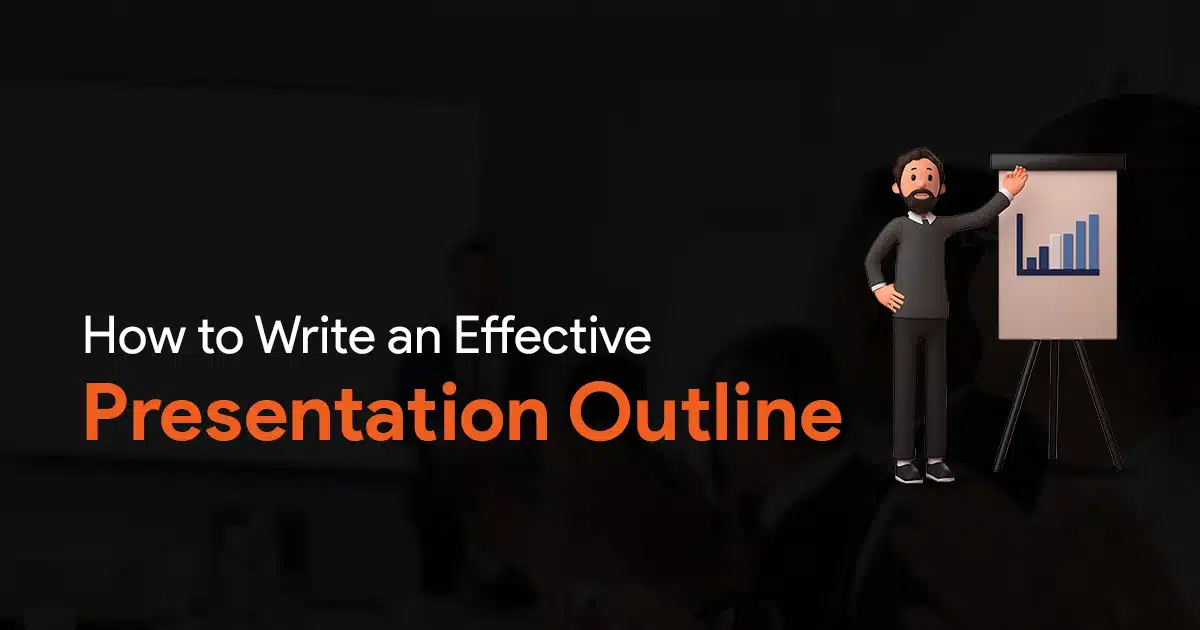How to Create an Effective Presentation Outline

It is well-known that a well-structured outline is the backbone of any impactful presentation. It serves as a roadmap, guiding you and your audience through the information you want to convey through your presentation. Here’s a step-by-step approach to writing an effective presentation outline.
Define Your Objective:
Start off by clearly defining the purpose of your presentation. Ask yourself the following question:
What do you want your audience to understand, learn, or do after seeing your presentation? Knowing this objective will guide the content you include and the overall structure. Once your objective is clear, move on to identifying your audience.
Identify Your Audience:
Who are you presenting to? Understanding your audience’s knowledge level, interests, and expectations will help you tailor your content and language accordingly. This is usually a step that is overlooked by many presenters, but careful planning and studying your audience can really help your presentation shine.
Brainstorm Key Points:
Now take a pen and paper, (it’s just an expression, use anything) and list down the essential points you want to communicate to achieve your objective. Focus on the big ideas rather than getting bogged down in details at this stage.
Structure Your Outline:
Organize your main points into a logical flow. This typically follows a three-act structure:
Introduction: Grab your audience’s attention, introduce yourself and the topic, and clearly state your objective.
Main Body: Present your key points in a clear and concise manner. Use storytelling techniques and visuals to engage your audience.
Conclusion: Summarize your main points, reiterate your objective, and leave a lasting impression with a call to action.
Refine and Enhance:
Once you have a basic structure, you can expand and refine your outline by:
Adding sub-points. Break down each main point into supportive details, arguments, or examples.
Estimating timing. Plan and allocate time for each section based on the complexity of the information and your overall presentation length.
Some Tips to Follow:
Use bullet points for concise and easily digestible information.
Number steps if there’s a specific order to follow.
Keep the outline concise and clear. Aim for an outline that is easy to understand and navigate.
Your outline is a guide, not a script. Be prepared to adapt and adjust based on your audience and the flow of the presentation.
By following these steps and incorporating these tips, you can craft an effective presentation outline that serves as a powerful tool for delivering impactful and engaging presentations.


